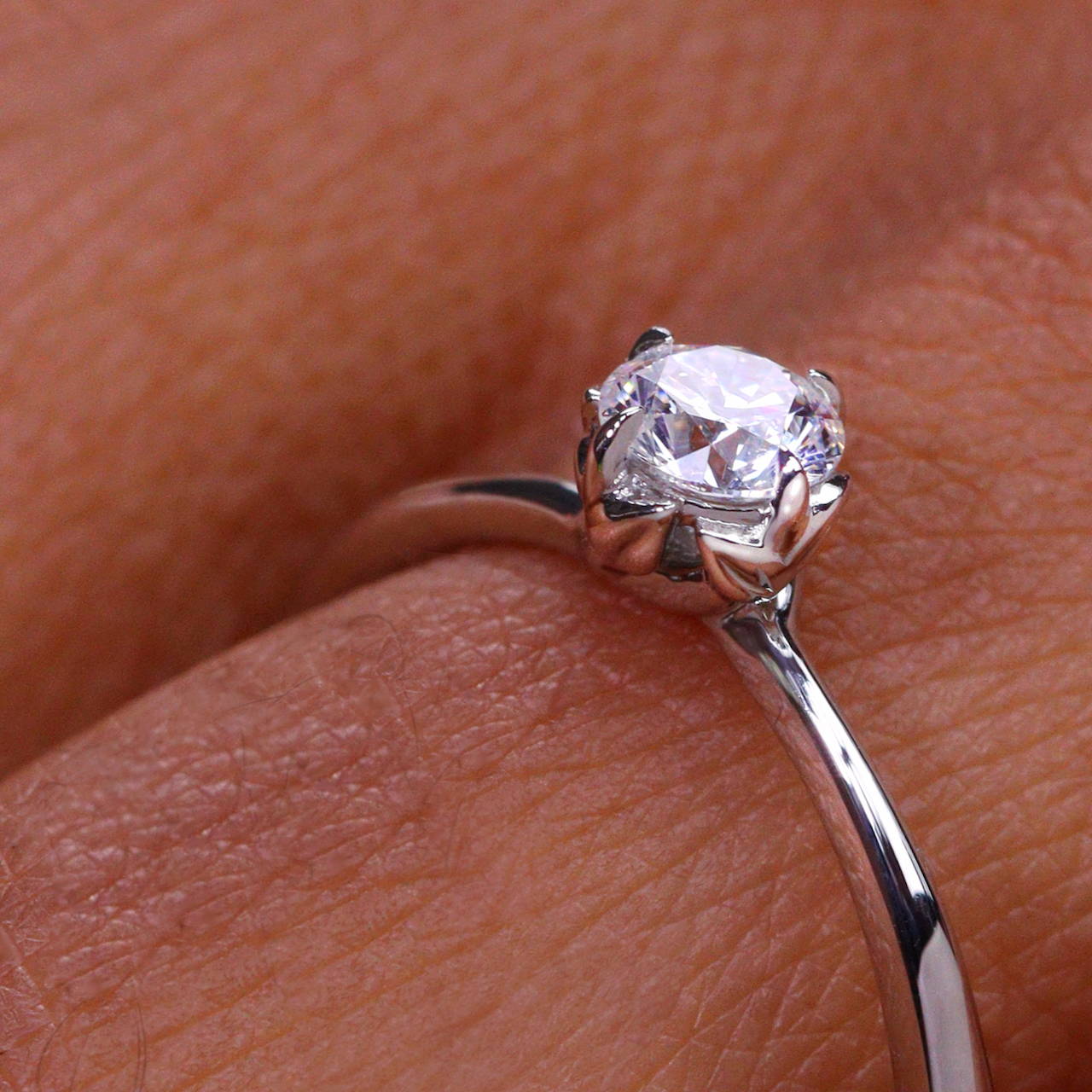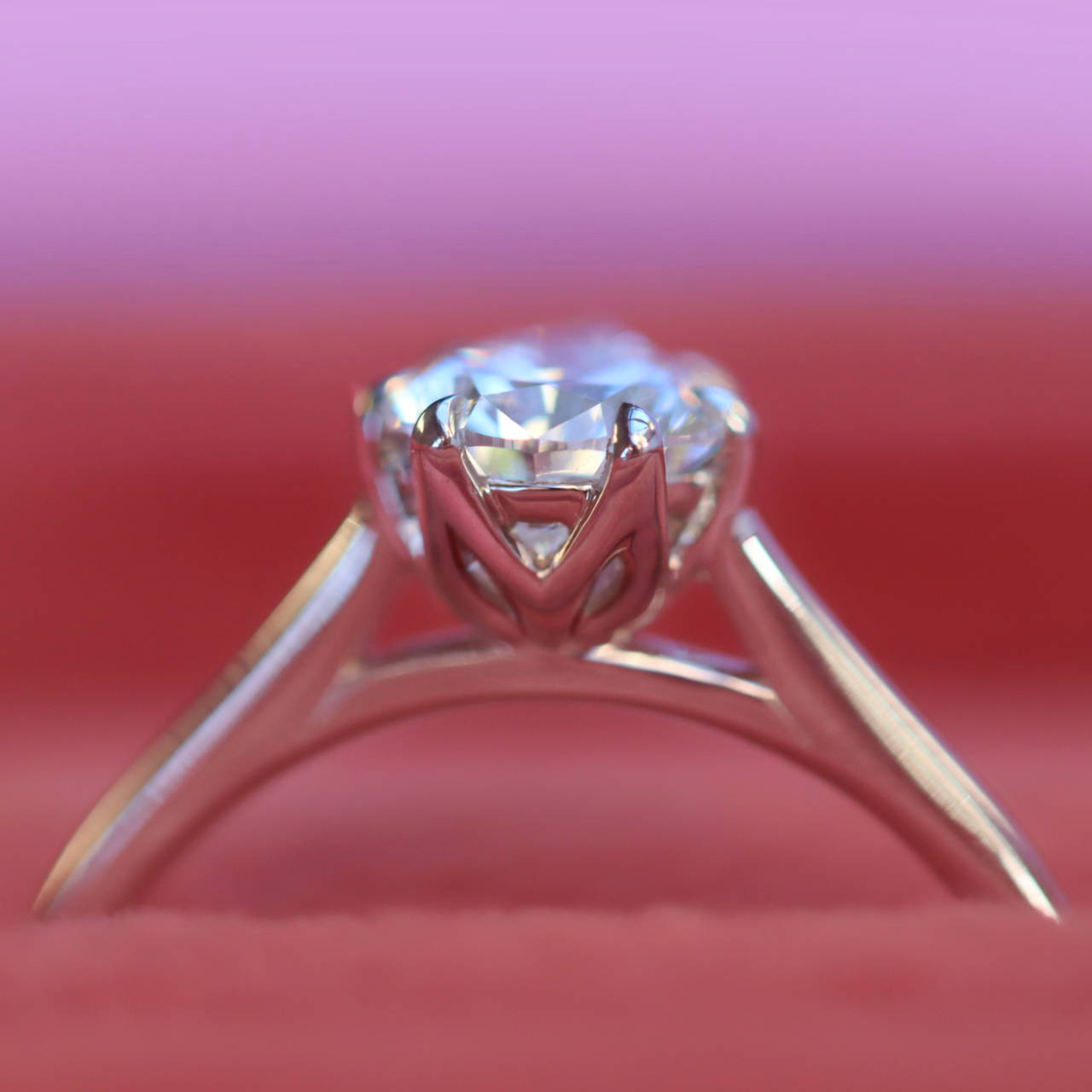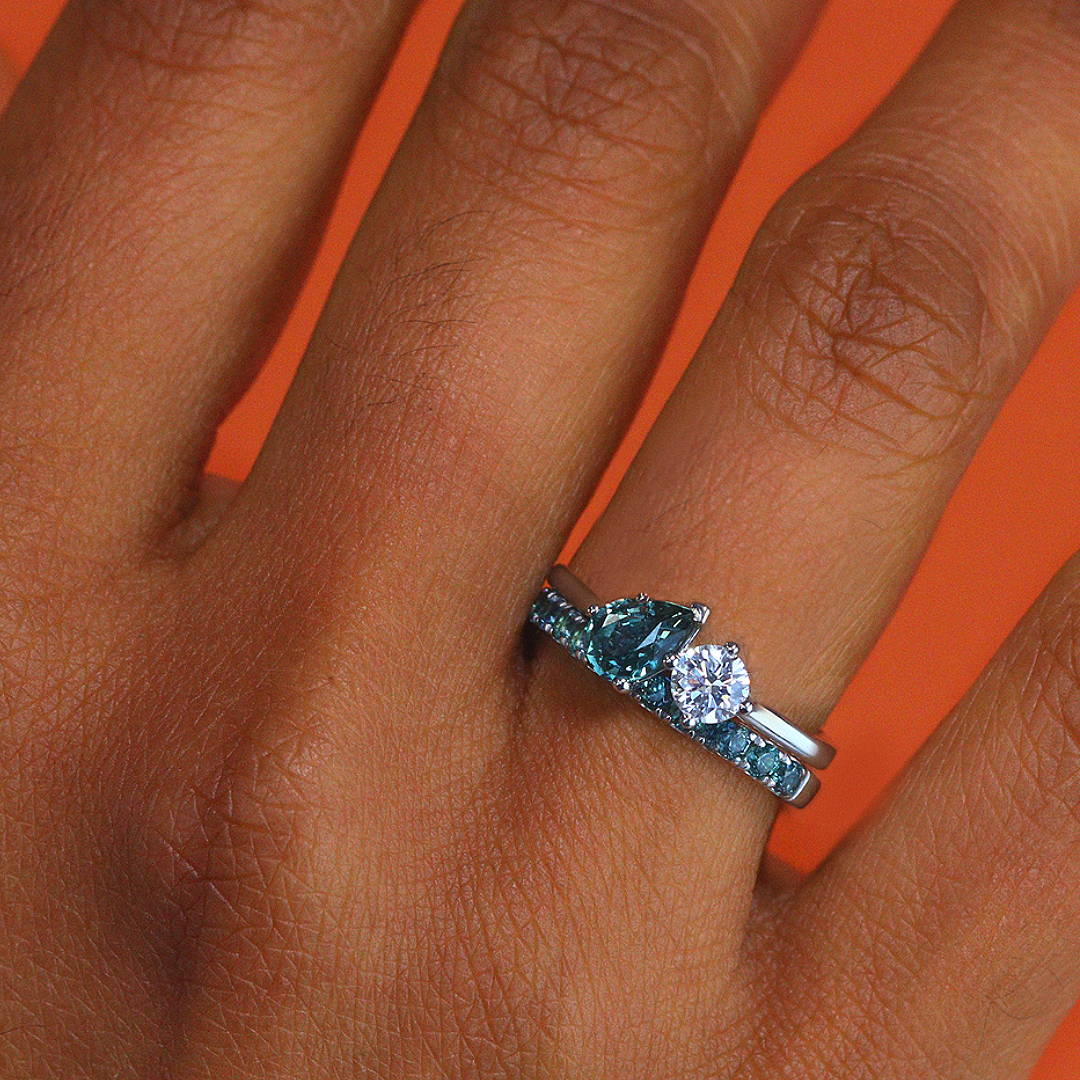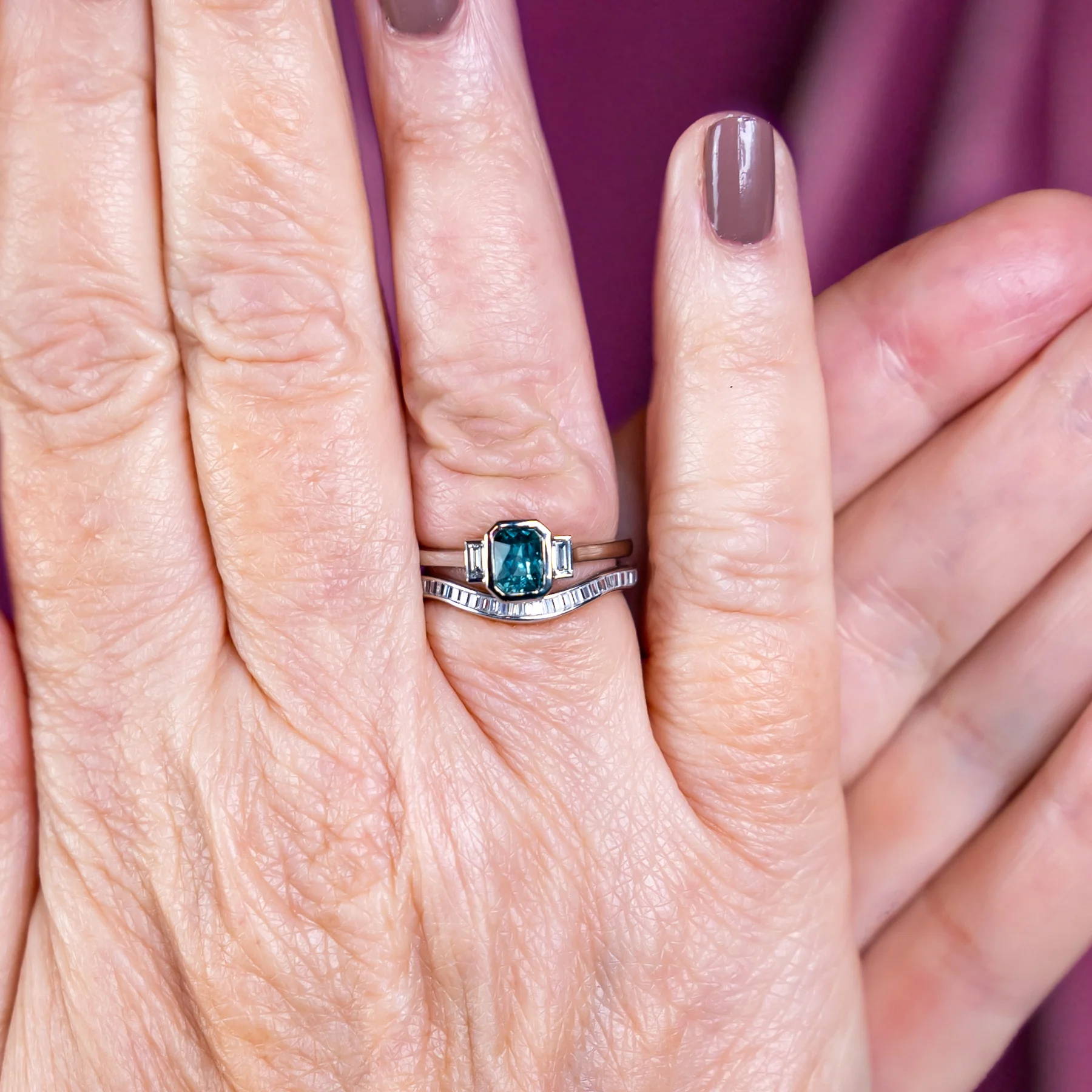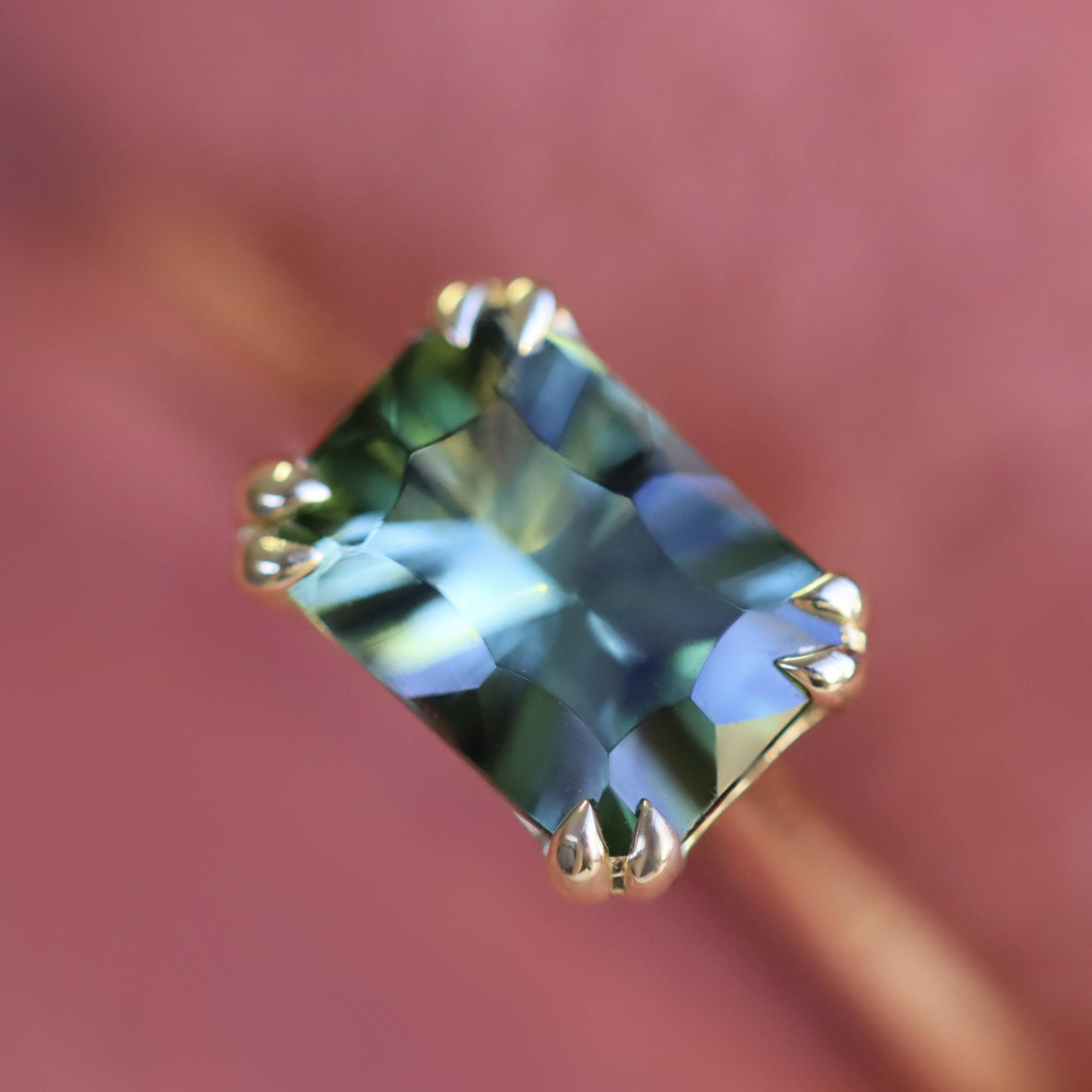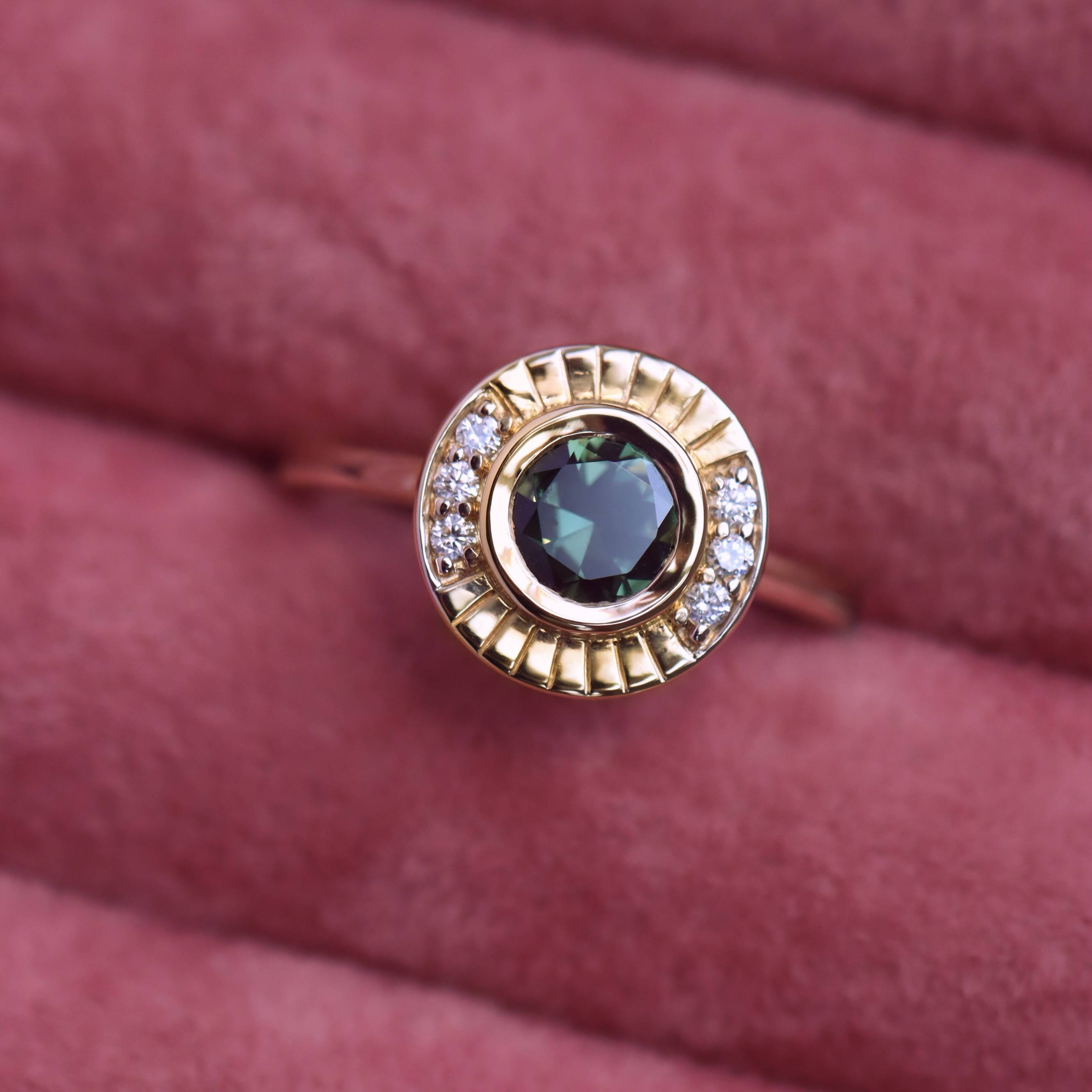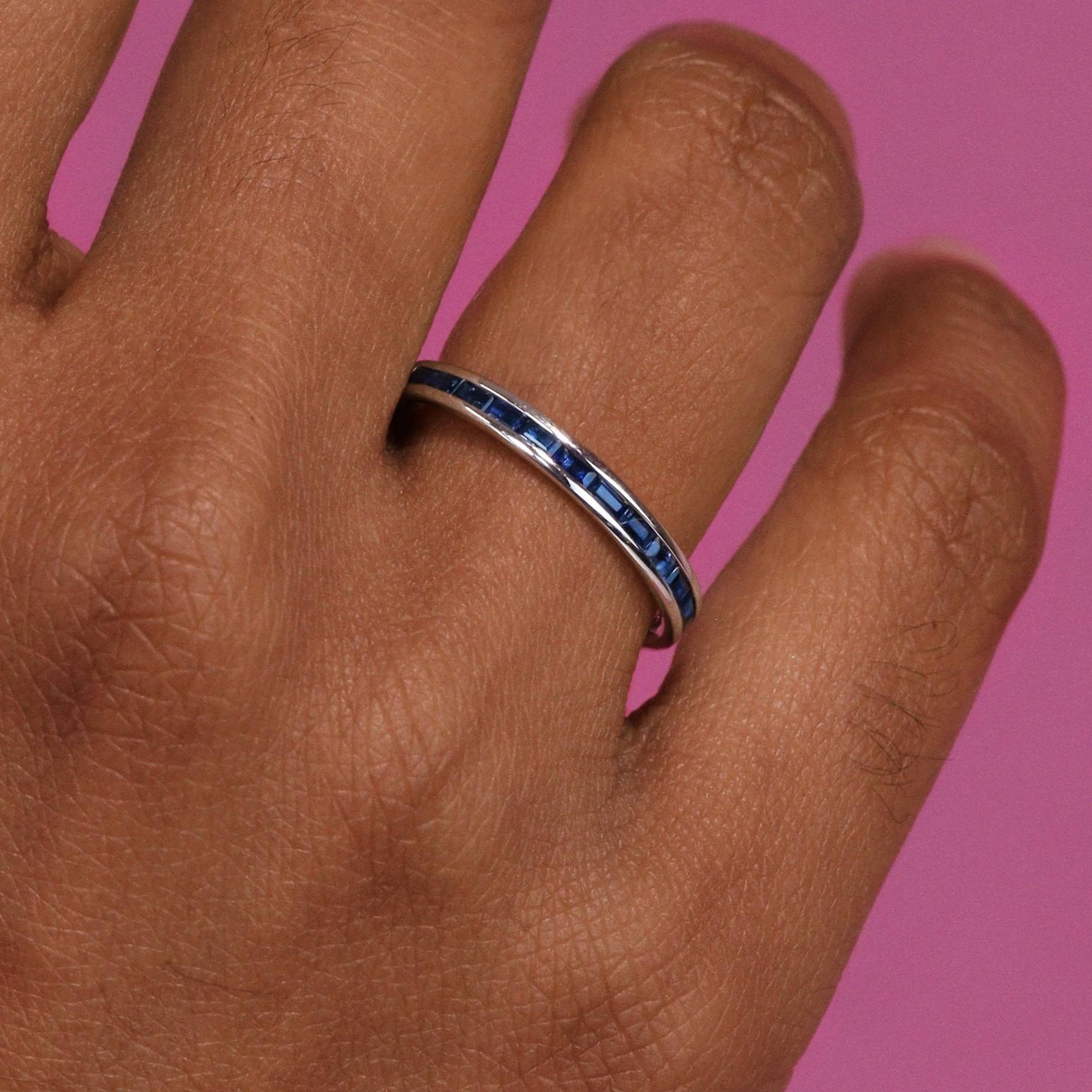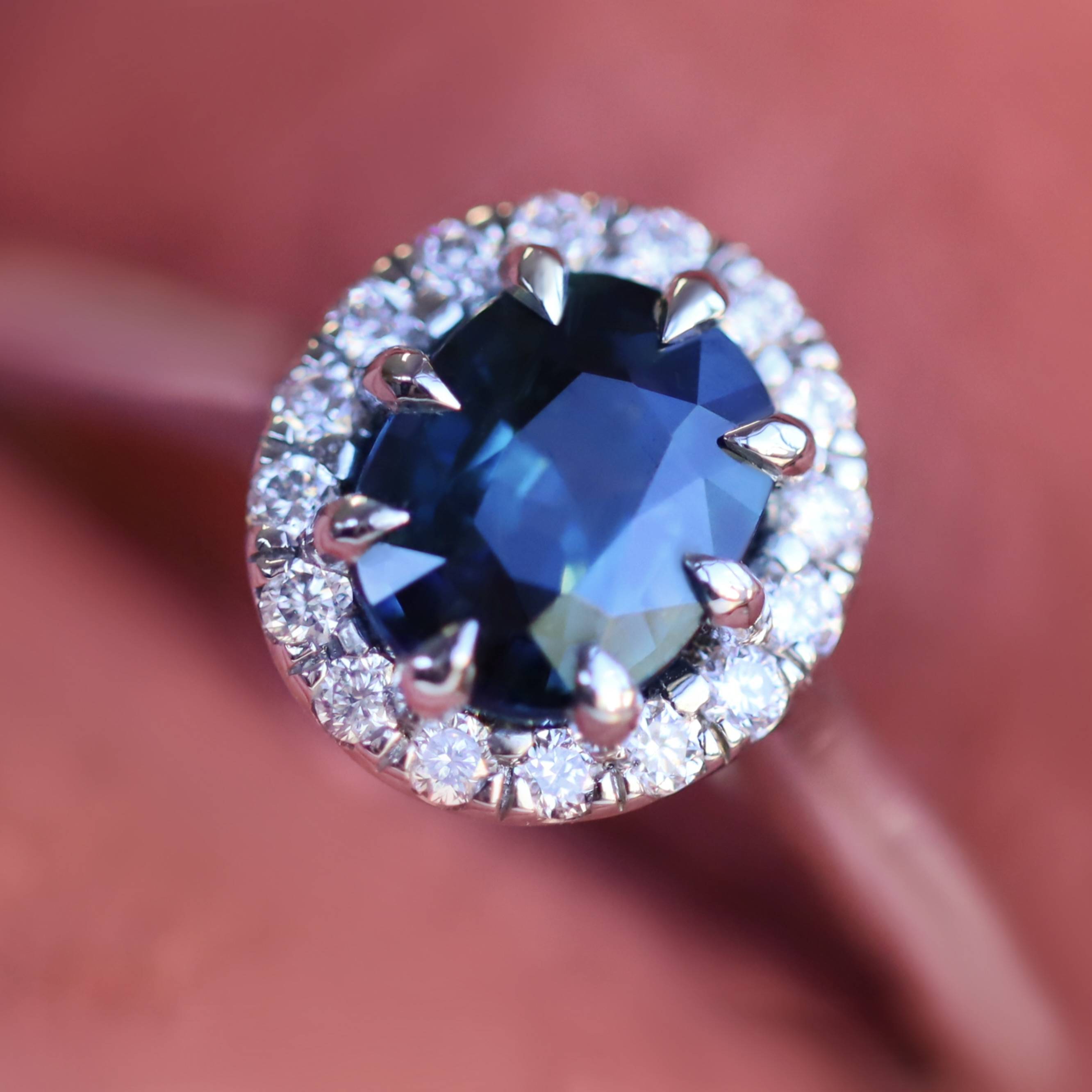RING GUIDES
Parts of a Ring: Ring Anatomy Guide

Have you started your ring buying process and are being confronted with words and phrases that you don’t understand? Or maybe you’re just wondering how all the different parts of a ring come together to make a beautiful end result. Well, in this guide we will be exploring the anatomy of the ring, learning what each segment of the ring is called and what its purpose is.
Ring Anatomy


Centre Stone
Side Stones/Accent Stones
Explore Different Stone Styles
Scroll through a selection of our rings to see how diverse the styles of centre stone can be, from hexagon cut salt and pepper diamonds to round cut sapphires, each centre stone gives a completely unique appearance.
Take a look at our gemstone cuts guide to learn more.

The Shank
The Bridge
Shoulders
THE GALLERY
The gallery is the area underneath the head which holds the centre stone. The gallery is a way to feature a more intricate ring design, for example, our Raine ring features a lotus gallery which showcases a leaf-like design. Rose also showcases an intricately designed gallery, with an Art Nouveau floral inspired gallery.
THE MOUNT/SETTING
The mount includes the setting, which holds the gemstones in place. There are many different types of settings which you can choose from, each has a different aesthetic and will provide varying levels of support and security to the gemstone.
Prong Setting
The prong setting is the most common setting for engagement rings and gemstone rings. This setting involves claws holding the gemstone in place and typically takes 4 or 6 claws to securely hold the gem properly. Claws can come in different shapes and sizes, from round to pointed and even V shaped.
Bezel Setting
A bezel setting (also known as a rubover) means there is a metal rim encapsulating the gemstone. This setting is arguably the most secure as it allows for the least amount of movement. There is also the option for a half bezel which means only part of the gemstone is covered by the setting. Take a look at Hattie for some half bezel inspiration and Annette for a full bezel.
Channel Setting
A channel setting is where gemstones are kept secure in the band within a horizontal channel. This setting is often used for wedding bands such as our Zara design.
Pave
Pave setting is where gemstones are set close together within a band and held securely with small beaded claws to achieve a seamless, sparkly appearance. Pave is also used when a ring has a halo!
Gypsy Setting
Also known as a flush setting, the gypsy setting is a classic setting that will give a ring a vintage look. In this setting, the gemstone is set deep within the shank by drilling a hole into the band and placing the gemstone inside.
Cathedral Setting
This setting has tall arches to hold the stone high above the band, giving a cathedral-like look.
Explore Different Ring Settings
Take a look at some of our rings to understand how each type of setting looks on a finished ring.
Browse our ready to wear collection for some more inspiration or book an appointment with one of our team members if you would like to speak with someone directly about creating your dream ring.

Care and Maintenance
Find the Perfect Ring with Jessica Flinn
Book an Appointment
At Jessica Flinn, we pride ourselves on creating a friendly atmosphere where all are welcome. If you book an in person appointment with us you will be welcomed into our beautiful showroom with a beverage of your choice, whether its a cup of coffee or a glass of champagne, we're here to make your appointment as memorable as possible. One of our experts will then guide you through the ring choosing or designing process and make sure you leave with a ring you absolutely adore!
Book an appointment today and start your journey.









